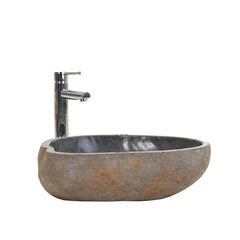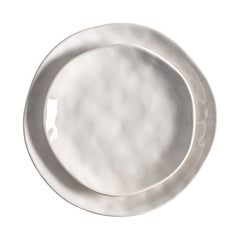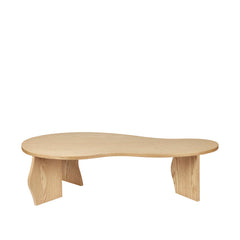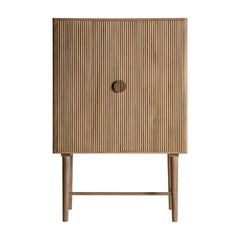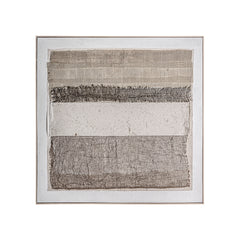Europe is known for its designers, here we provide the ultimate guide to famous French furniture designers.
Number one, Charlotte Perriand.

From wikipedia:
Charlotte Perriand (24 October 1903 – 27 October 1999) was a French architect and designer. Her work aimed to create functional living spaces in the belief that better design helps in creating a better society. In her article "L'Art de Vivre" from 1981 she states "The extension of the art of dwelling is the art of living — living in harmony with man's deepest drives and with his adopted or fabricated environment."Charlotte liked to take her time in a space before starting the design process. In Perriand's Autobiography, "Charlotte Perriand: A Life of Creation", she states: "I like being alone when I visit a country or historic site. I like being bathed in its atmosphere, feeling in direct contact with the place without the intrusion of a third party." Her approach to design includes taking in the site and appreciating it for what it is. Perriand felt she connected with any site she was working with or just visiting she enjoyed the living things and would reminisce on a site that was presumed dead.

Siege Pivotant byt Charlotte Perriand.
Number two, Le Corbusier.

From Wikipedia:
Charles-Édouard Jeanneret (6 October 1887 – 27 August 1965), known as Le Corbusier, was a Swiss-French architect, designer, painter, urban planner, writer, and one of the pioneers of what is now regarded as modern architecture. He was born in Switzerland and became a French citizen in 1930. His career spanned five decades, and he designed buildings in Europe, Japan, India, and North and South America.
Dedicated to providing better living conditions for the residents of crowded cities, Le Corbusier was influential in urban planning, and was a founding member of the Congrès International d'Architecture Moderne (CIAM). Le Corbusier prepared the master plan for the city of Chandigarh in India, and contributed specific designs for several buildings there, especially the government buildings.
On 17 July 2016, seventeen projects by Le Corbusier in seven countries were inscribed in the list of UNESCO World Heritage Sites as The Architectural Work of Le Corbusier, an Outstanding Contribution to the Modern Movement.
Le Corbusier remains a controversial figure. Some of his urban planning ideas have been criticized for their indifference to pre-existing cultural sites, societal expression and equity, and his ties with fascism, antisemitism and the dictator Benito Mussolini have resulted in some continuing contention
Number three, Jean Prouvé

From Wikipedia:
Jean Prouvé (8 April 1901 – 23 March 1984) was a French metal worker, self-taught architect and designer. Le Corbusier designated Prouvé a constructeur, blending architecture and engineering. Prouvé's main achievement was transferring manufacturing technology from industry to architecture, without losing aesthetic qualities. His design skills were not limited to one discipline. During his career Jean Prouvé was involved in architectural design, industrial design, structural design and furniture design.

Number four,
Émile-Jacques Ruhlmann

Emile in the middle
Émile-Jacques Ruhlmann (28 August 1879 – 15 November 1933), (sometimes called Jacques-Émile Ruhlmann), was a French furniture designer and interior decorator, who was one of the most important figures in the Art Deco movement. His furniture featured sleek designs, expensive and exotic materials and extremely fine craftsmanship, and became a symbol of the luxury and modernity of Art Deco. It also produced a reaction from other designers and architects, such as Le Corbusier, who called for simpler, functional furniture.

Tibattant Lady's Desk, Macassar ebony, ivory, leather, aluminum leaf, silver, silk, oak, lumber-core plywood, poplar, mahogany (1923), (Metropolitan Museum of Art)
Number five, Philippe Starck

Philippe Starck (born 18 January 1949) is a French industrial architect and designer known for his wide range of designs, including interior design, architecture, household objects, furniture, boats and other vehicles.

Number six,
Jean-Michel Frank

0 comments





